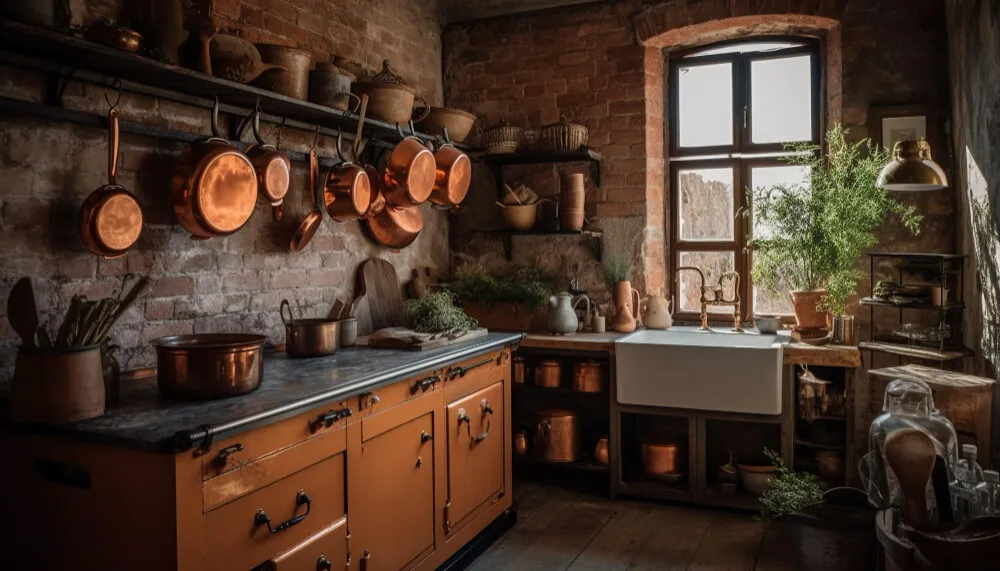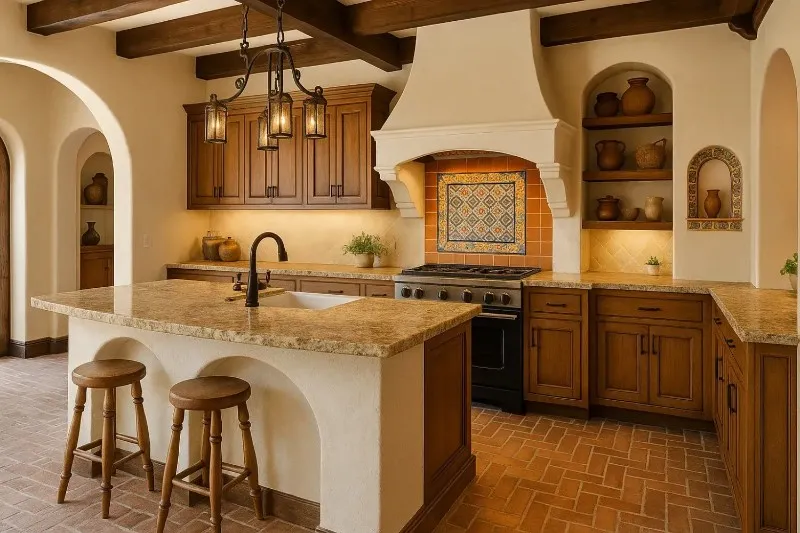At the heart of many modern kitchen remodeling projects lies the dream of the perfect kitchen island. A symbol of efficiency and style, the kitchen island not only serves as a central hub for cooking and socializing but also significantly enhances the functionality and aesthetic appeal of your space. Whether you’re undertaking a full kitchen remodel or simply refreshing your layout, this guide will help you navigate the essentials of designing an island that perfectly suits your needs.
Understanding Your Kitchen’s Layout
Before diving into the design, it’s crucial to assess your kitchen’s existing layout. Space planning is key in any kitchen remodeling effort, and the ideal island should complement the flow of your space without obstructing movement. Consider the “kitchen work triangle” principle to ensure that your refrigerator, stove, and sink are placed for optimal efficiency. A well-thought-out island can enhance this workflow, offering additional worktop space and storage solutions.
Choosing the Right Size and Shape
The size and shape of your kitchen island are dictated by the dimensions of your kitchen. A common mistake in kitchen remodeling is choosing an island that overwhelms the space. Ensure there’s ample room for doorways, appliance openings, and foot traffic. Islands can vary from small, square designs to larger, custom shapes. Opt for a design that provides sufficient prep area, seating, and storage while maintaining a balanced look within your kitchen.
Functionality Meets Style
Your kitchen island can serve multiple purposes, from a casual dining spot to an additional cooking zone equipped with a sink, dishwasher, or cooktop. Deciding on the primary function of your island early in the kitchen remodeling process is crucial. This will influence not only the design but also the plumbing and electrical work needed.
Material and Color Considerations
The materials and colors you choose for your island can either make it stand out as a focal point or blend seamlessly with the rest of your kitchen. Countertop materials range from classic granite and marble to modern quartz and wood. Cabinetry should complement or contrast with your kitchen’s overall design theme. During your kitchen remodel, consider using your island to introduce a new texture or color to the space, adding depth and interest.
Incorporating Seating
Adding seating to your kitchen island transforms it into a social hub, perfect for entertaining or family meals. Consider the height of your island and choose seating that is comfortable and proportionate. Bar stools or chairs can offer a casual dining area, making your kitchen island not just a work space but a gathering space as well.
Designing the perfect kitchen island during your kitchen remodeling project involves a careful balance of form and function. By considering your kitchen’s layout, the island’s size and shape, its functionality, materials, and seating options, you can create a space that enhances both the utility and beauty of your kitchen. Let your island be a reflection of your unique style, making your kitchen the heart of your home.
Learn More
Color Trends in Kitchen Remodeling: What’s Hot in 2024
The Ultimate Guide to Choosing Countertops and Cabinets for Your Kitchen Remodel




